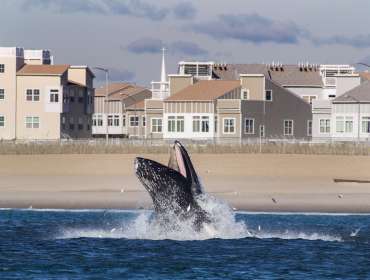The itinerary is set. The plane tickets are booked. The trip you have been planning for months is getting very close, and it’s an exciting time for everyone involved. I’ve been through many photography expeditions, and over the years, I’ve realized that there are certain do’s and don’ts that are critical to the enjoyment and success of a trip. I hope this list will help as you prepare to embark on the adventure of a lifetime.


Don’t: Spread Yourself Too Thin
Don’t do it. I see you over there with your massive itinerary. You have seven, 14, maybe 21 days of freedom sitting in your lap and you want to photograph everything you can, so you try to squeeze too much into one timeframe. Let me be frank: that will ruin your trip. The worst feeling in the world is driving several hours from place to place and feeling rushed. If you truly want to experience and photograph a place, you have to be there for several days. You have to be there for sunrise, sunset, golden hour, blue hour, and all the times of the day that are worth shooting, including the moments that take you by surprise.
Truly immerse yourself in wherever you’re going. Just try it on your next trip, and I promise it’ll change your experience. I have been on trips that felt like every day was like the Amazing Race, trying to reach the next checkpoint, and I’ve been on trips that are focused solely on one place, and I’d choose the latter every time.
Do: Shoot Simply
The extra weight will slow you down, and you’ll come back from your trip and realize you didn’t use half of the equipment you packed. The hardest thing to do is simplify your life, and that includes shooting, especially if you get in the habit of over-packing. Plan exactly what you want to shoot, know the elements and where you will be shooting, and pack minimally around that.
For example, I normally bring a 24-70mm, f/2.8g, which is a super versatile lens, and gives you enough range for portraits and landscapes, my 70-200mm, f2.8g for close shots of landscapes and the subject, and maybe a 35mm or 50mm prime. Two to three lenses are all you need in many cases. That’s the maximum I ever carry, and a lot of times, I stick with just my 24-70mm, a few backup batteries and memory cards, and my tripod, and I’ll have all I need.
A common misconception people have about adventure photography is thinking you need to have lots of lenses and gear in the field, but the majority of shooting scenarios or jobs don’t require a lot of gear. Take your most reliable lenses, and stick with them. When you’re in a moment where you need to make a split decision, you just need an “all-around” lens that you can rely on, so you don’t miss the moment by fishing through your bag. Oh, and all that extra weight you didn’t think was a big deal before will kill you if you’re doing any trekking, hiking, or climbing. Trust me on this, and plan to shoot simply. Your back will thank you later.
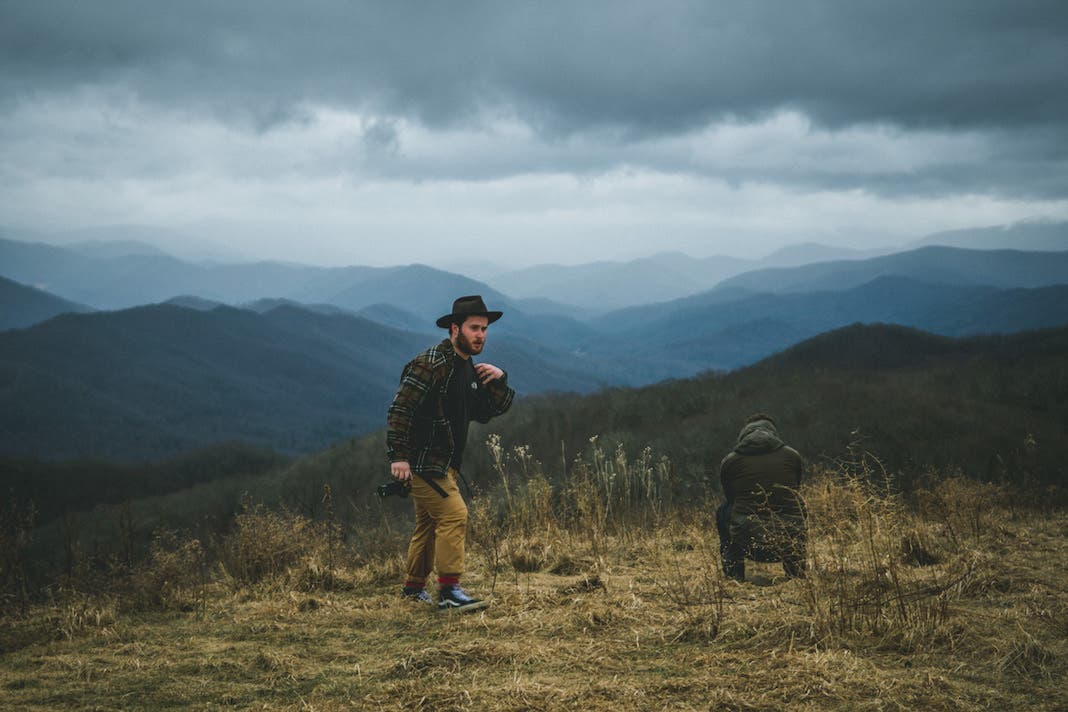

Don’t: Plan a Photo Expedition “Last Minute”
I know it sounds like the most amazing fantasy to just hop on a plane and go somewhere you’ve always wanted to shoot, but normally, that tends to end badly if you want to shoot successfully at that place. A lot of destinations that you see on social media are not as easily accessible as you think and require permits or lottery systems to hike in, camp, and shoot, so research, plan, and do your due diligence beforehand.
Most importantly, you have to plan for weather and wildlife, and if you don’t, it can end badly for your trip, camera equipment, and even you. Weather is unpredictable, but if you learn about the potential weather you will face, the better off you will be. Wildlife encounters are unpredictable, but if you prepare and protect yourself, you’ll be prepared for all elements.
I learned this lesson through a scary experience. On a last-minute backpacking trip to shoot in the Blue Ridge Mountains, I accidentally forget to pack something because I was in a hurry. However, as we were unwinding from a long day, watching the sun go down, and we all suddenly saw the massive black bear that appeared out of nowhere and began to make its way towards our campsite in search for food, I realize what I had forgotten very quickly: my bear spray. I still kick myself for that mistake, and if I had been alone, that situation could have been even more dangerous.
Please don’t do that to yourself. Your life flashing before your eyes is not a pleasant experience. Plan an expedition the right way, and don’t plan last minute.
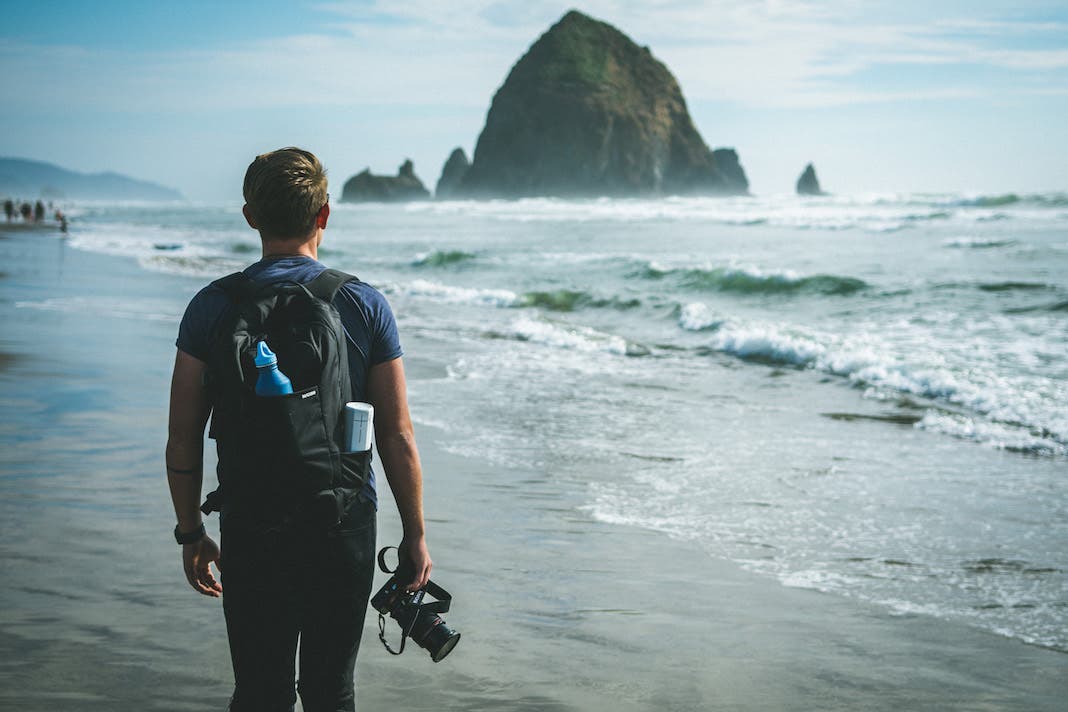

Do: Be Flexible and Embrace Changes in Plans
Yvon Chouinard, said it best: “The word ‘adventure’ has gotten overused. For me, when everything goes wrong — that’s when the adventure starts.” I had to learn this the hard way.
You will plan the perfect trip, and it never ends up the way you envisioned it. Weather will crush your dreams of the perfect shot. Traffic or travel issues can cripple an entire day of shooting. Sometimes you experience a failure like I had, and wake up at 2AM in North Cascades National Park to hike up several miles in the dark. You’re expecting to see a perfect, alpine sunrise over Cascade Pass. But then, you slowly realize, as the light appears, that the mountain you’re standing on is completely shrouded in clouds, with no chance for quality photos. Those moments really sting and can put a damper on a trip, but try to brush them off, and not let misfortune distract you from shooting well. Instead, look to capture those moments you didn’t plan. Sometimes, the most beautiful moments are the ones you don’t expect. So hold on to your itinerary, but hold on to it loosely, and thrive in the unexpected.
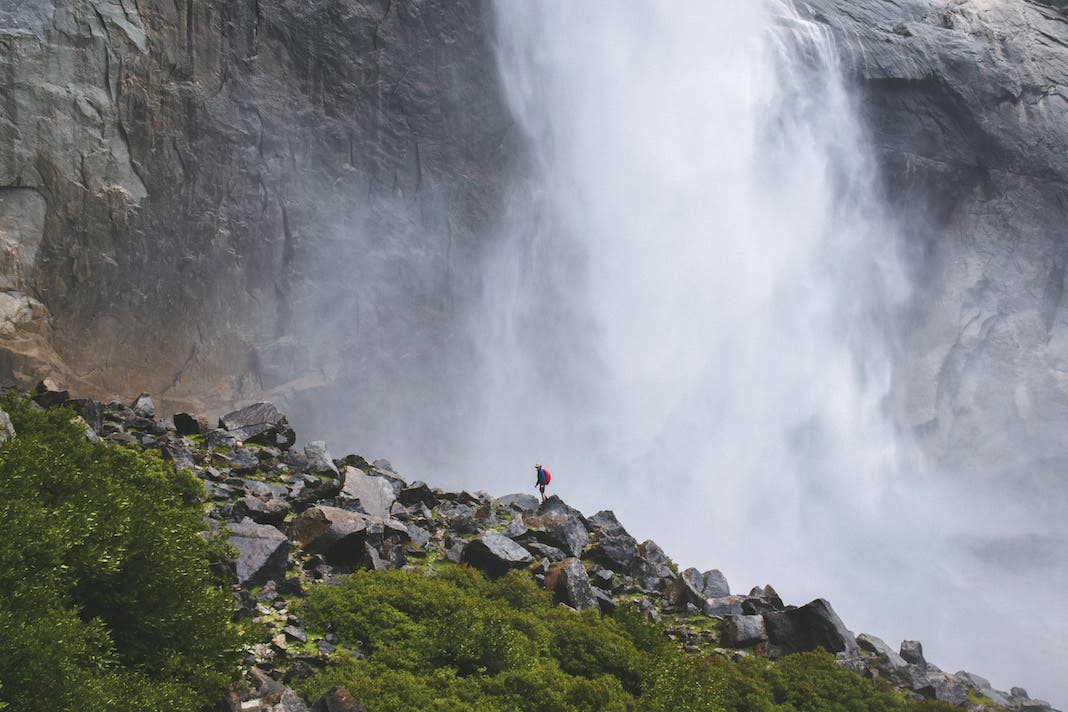
Don’t: Go During Busy Season
News Flash: if you’re planning on visiting a beautiful place that is world-renowned, most likely there are several million other people who are planning on enjoying that beautiful place as well. That doesn’t bode well for a photographer who wants to capture a place and make it feel untouched. So the best way to escape and get away from the crowds is to not go during the busy season. Forget the word, “summer,” and plan for trips in the fall and spring, when crowds are scarce but deals on accommodations and flights are prevalent. In the spring, glacier and snow melt makes waterfalls incredible to shoot. Wildlife is active and waking up from the cold, winter months. In the fall, the colors are insanely beautiful, and the milder days are much better for traveling or trekking. You’ll capture exciting, unique photos if you skip the busy season, and plan for the off-season, and hey, you might save a little money too!

Do: Go With A Group with Similar Goals and Expectations
Finally, you need to go with a group. I understand the need for the occasional trip alone, with just you and your camera, but I think it is essential to have a core group of people that you can call up anytime and go shoot with. Going in a group is also cost-effective and much safer, and it allows for you to learn and improve your photography. When you’re around talented people, it pushes you to be better, advances your skills, doesn’t allow you to be comfortable and complacent. Surrounding yourself with like-minded creatives is beneficial to a really successful trip. As long as you are transparent and direct about objectives and expectations, your trip should be an amazing one. You don’t want someone traveling with you who hates camping, and the majority of the trip is centered around backcountry work. That won’t be pretty. So go with a group, but make sure it is unified under similar goals and expectations.
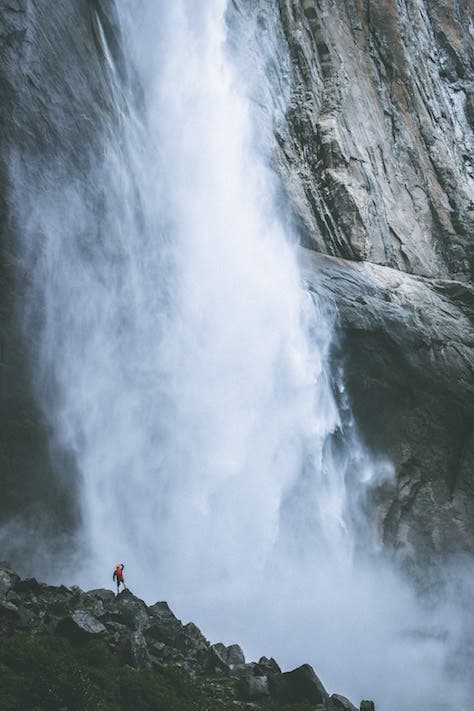
Again, I always preface, that lists like these are not definitive or comprehensive. However, I firmly believe that if you don’t spread yourself too thin, plan a trip last minute, or go during busy season, and you do aim to shoot simply, are flexible, and embrace changes in your plans, and go with a group with similar goals and expectations, you will have an unforgettable photography expedition.




